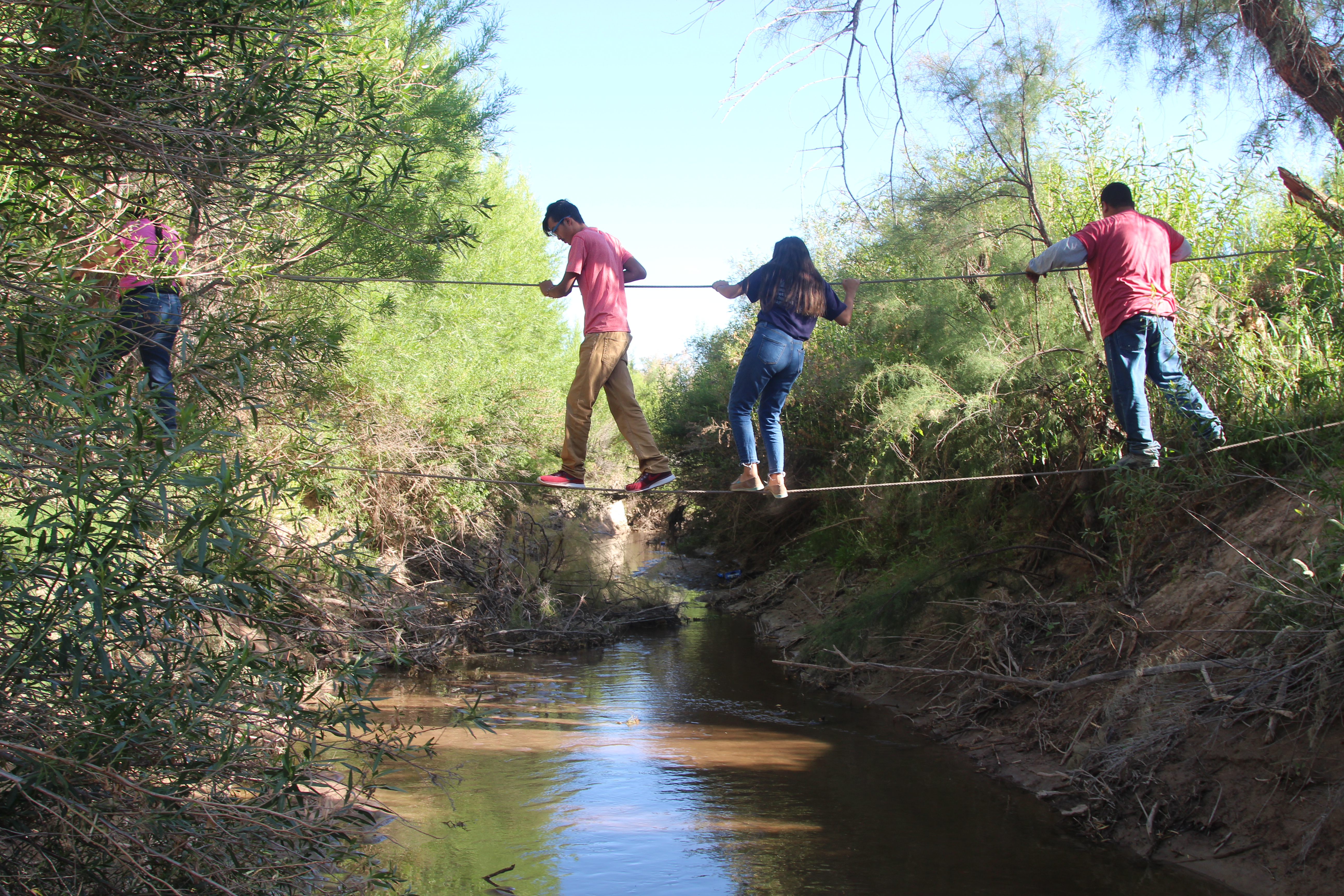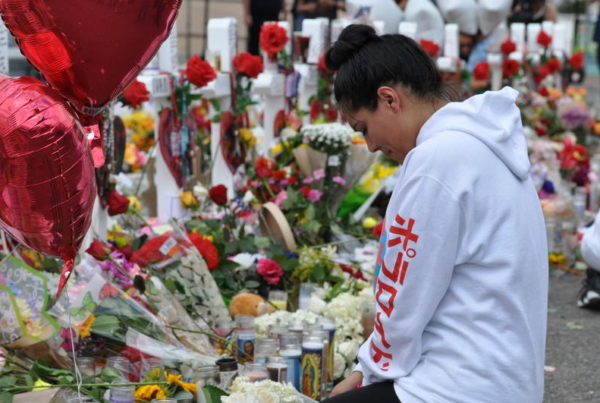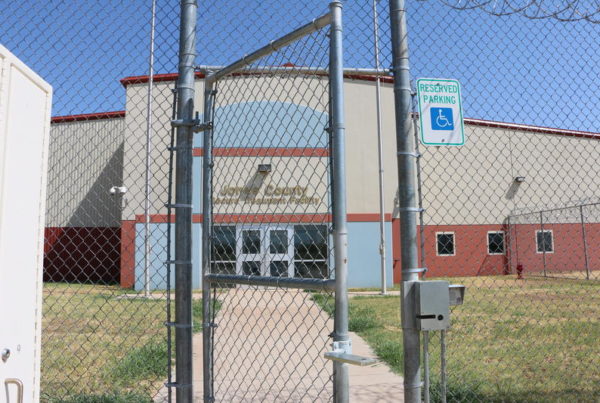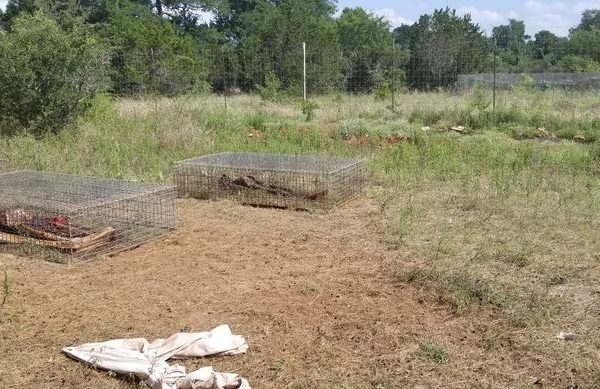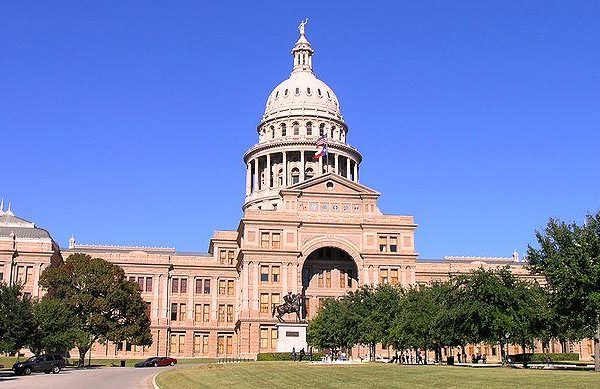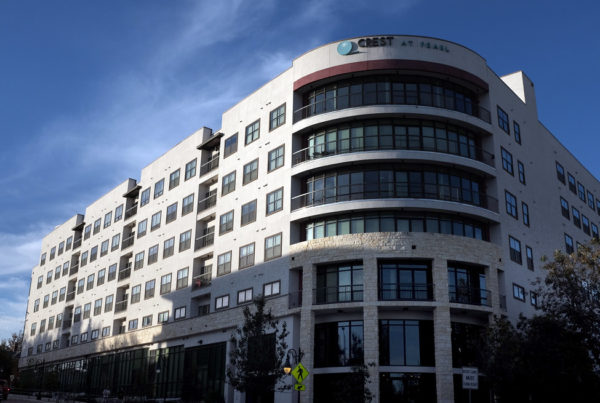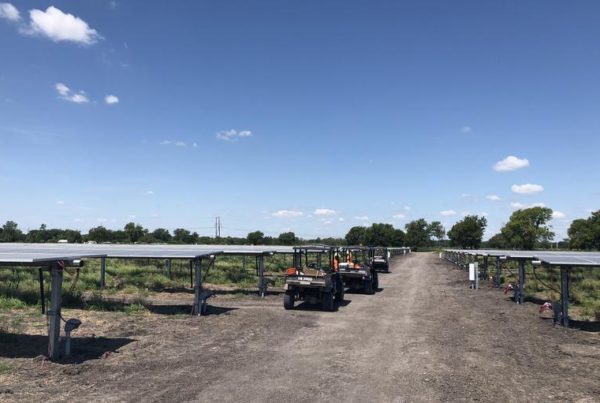In a reversal of stereotypes along one rugged stretch of the U.S.-Mexico border, U.S. citizens are the ones breaking border laws.
It is, of course, illegal to enter the U.S. without passing through an official border crossing. Along one stretch of the Rio Grande, the river that marks the southern U.S. border with Mexico, U.S. citizens are doing just that because of a shortage of basic services, including health care, in rural Texas.
Informal, unregulated crossings have been a fixture of life for generations in rural communities along the river. Today, however, this unfettered back and forth by U.S. citizens is less common, with the Trump administration’s unrelenting focus on border security.
“We’re citizens; we’re U.S. citizens that have to go to get help in Mexico,” says Loraine Tellez from Candelaria. The “help” to which she’s referring is health care.
Candelaria is really part of two conjoined towns – hamlets, really: Candelaria, Texas, and San Antonio del Bravo, Mexico. Both are remote within their own countries, and yet a stone’s throw away from each other across the Rio Grande. Their combined population is approximately 150 people. Texans who get sick in Candelaria can walk across the river where treatment and medicine is free, even for U.S. citizens, and paid for by the Mexican government. In Texas, the nearest hospital is a long drive away, in Alpine.
“A 10-minute walk versus three hours to the hospital,” Tellez says.
It’s not a violation of U.S. law to walk into Mexico. But returning to Texas, where there’s no port of entry, is. With border walls being strengthened and expanded, along with a crackdown on illegal immigration, I asked a senior Border Patrol agent for his take on these kinds of crossings.
Mike Shelton is the U.S. Border Patrol agent for Candelaria and a group of other tiny river towns nearby.
“The Border Patrol doesn’t want to admit that things like this are going on, but the reality of the situation is it does,” Shelton says.
He says agents are trained to use their judgment on a case-by-case basis.
“We want these agents to reason for themselves. Is what I’m about to do going to further the interests of the government and society?” he says agents should ask themselves. “Just because we can take enforcement action doesn’t necessarily mean we should. … We don’t want agents to put people’s lives at risk simply because they’re blindly following the letter of the law. It’s about being human.”
The back and forth between Candelaria and San Antonio del Bravo has created a kind of unspoken but clearly understood relationship between residents and the Border Patrol.
But human and drug smugglers also use this area; it’s a well-trodden corridor for both. Residents said they’ll tell agents if there are any faces they don’t recognize.
“That’s our way of helping them in order for them to help us,” says Evelyn Lozano, 18, who’s seen human smugglers passing through the region on multiple occasions.
Lozano is a U.S. citizen, but she effectively lives in both towns, with school in Texas during the week and weekends with family in San Antonio del Bravo. As if to underscore Candelaria’s isolation, Lozano must travel three hours each weekday to attend school in the border city of Presidio, Texas, because Candelaria doesn’t have a school, nor does it have a grocery store or gas station.
The legal crossing nearest to Candelaria is also in Presidio.
“They know that we are crossing illegally,” Lozano says of Border Patrol agents working in the area. “But they do understand the fact that we do need to cross sometimes in order to get help, in order for us to get food, in order for us to survive. So that’s why we go to Mexico because we don’t get that help here in Texas.”
And sometimes things go the other way. Some Mexicans receive their mail in Candelaria because there’s no postal service in San Antonio del Bravo. Their American relatives bring the mail to them.
As for Loraine Tellez, she acknowledges that what is happening here blatantly goes against current border enforcement practices.
“Down deep in my heart it does make me feel guilty, but I have to do it sometimes,” she says.
But she and others don’t do it openly; residents say they don’t flaunt what they’re doing. They say they understand that the Border Patrol has a job to do. And that almost certainly means that a delicate dance between otherwise law-abiding citizens and Border Patrol will continue on this isolated section of the Rio Grande.


